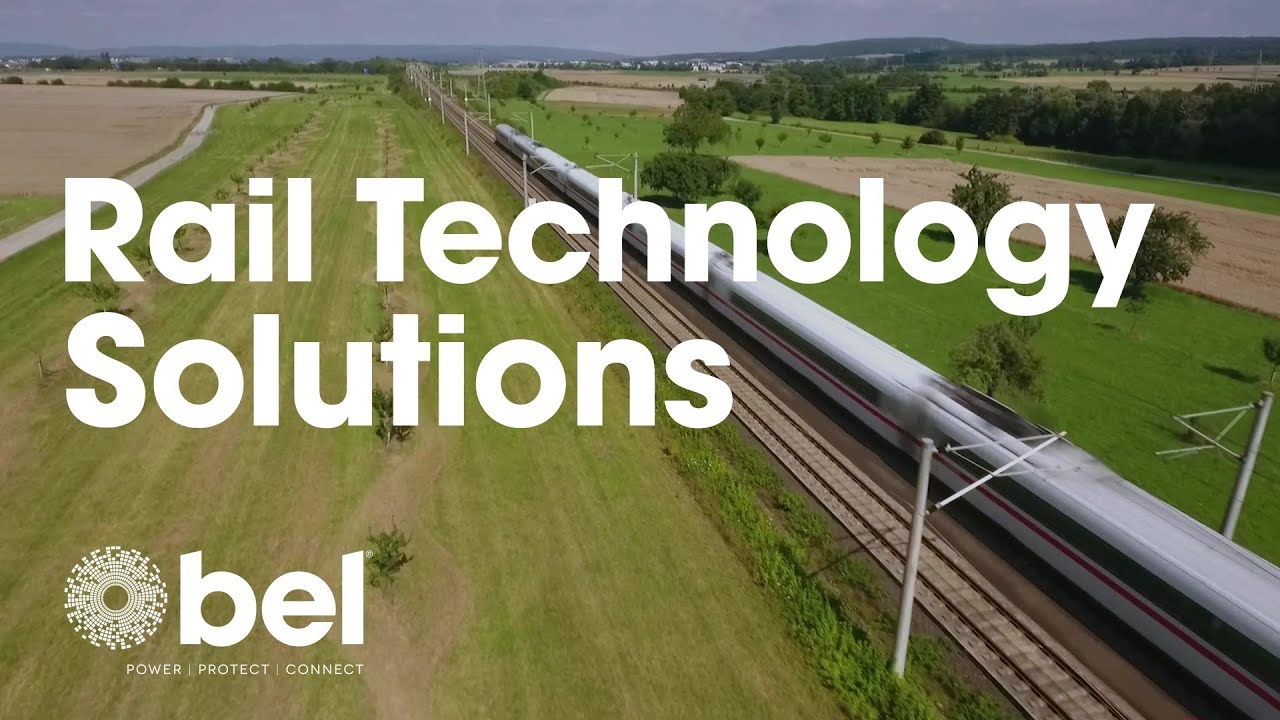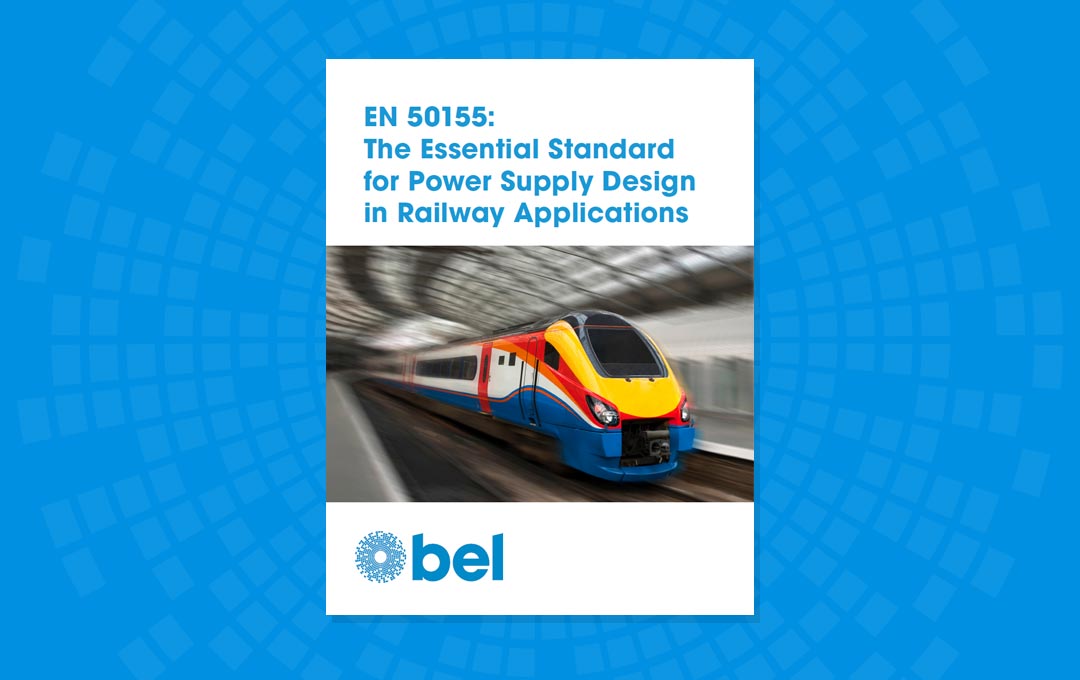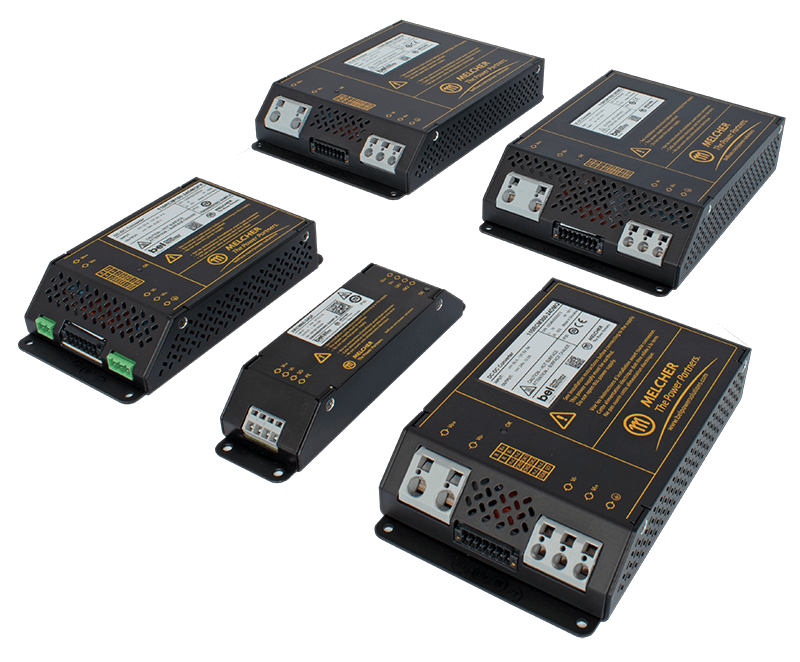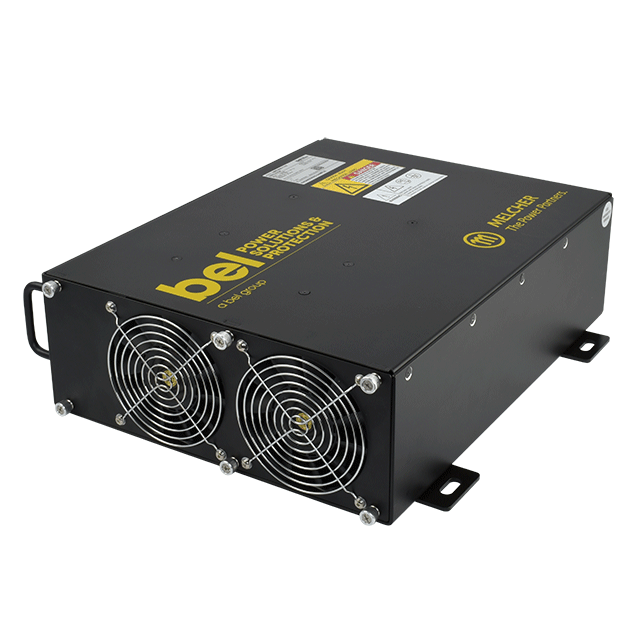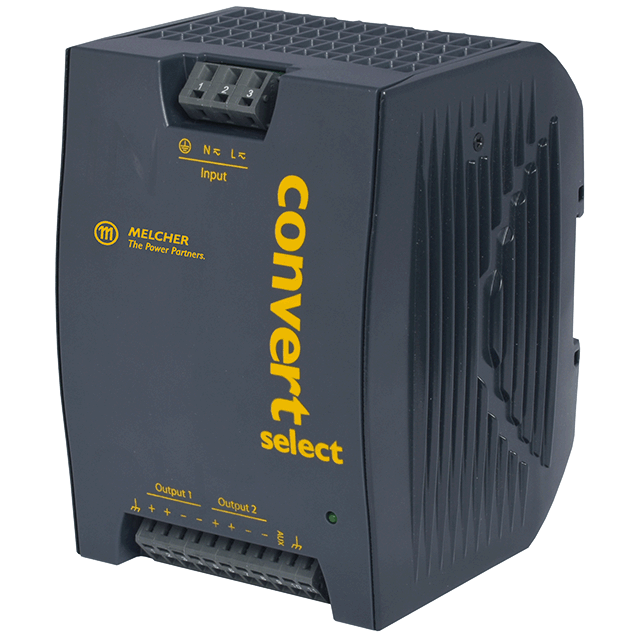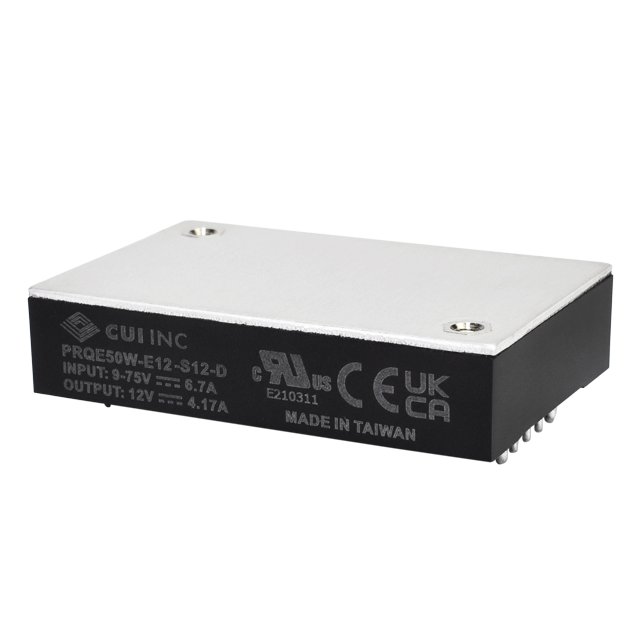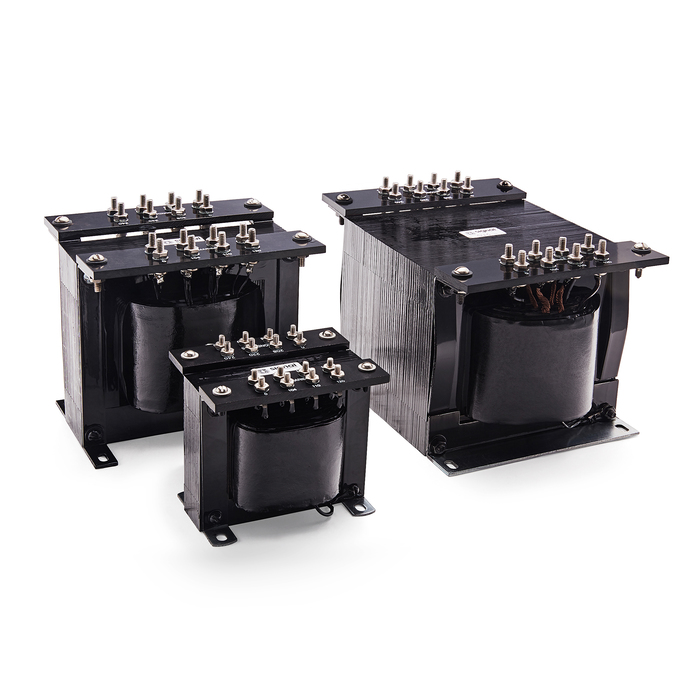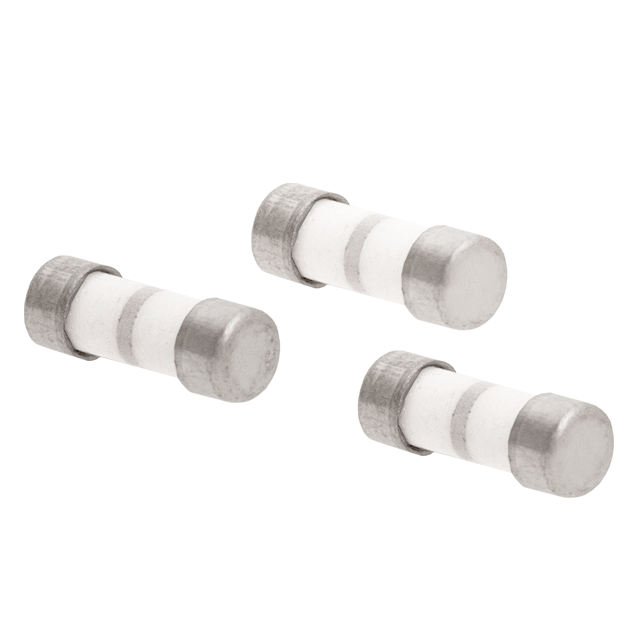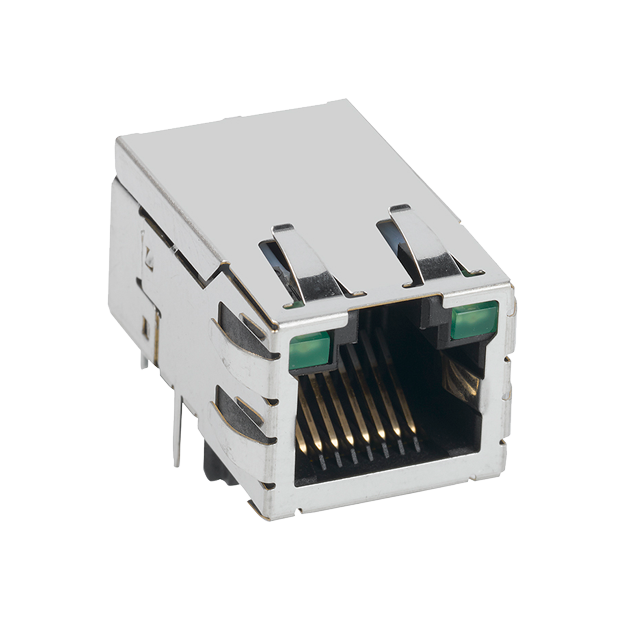Most electronic systems on a train are powered by an on-board
battery, typically with a DC voltage of 110 V. This delivers a more
reliable source of power that isn’t dependent on the infrastructure or
on-board generation.
These batteries will typically be
charged at trackside or wayside using step-down conversion, as a
result the solution chosen needs to be able to deliver the power and
efficiency required by all rolling stock that it services.
Pantograph
Battery Charging
Propulsion
Safety is fundamental to any rail network. Today, the safety systems
in place are highly sophisticated. Not only do they need to work
passively, to keep passengers safe, but they need to function
actively, to alert the driver if danger is present. These systems must
also form part of the solution to address that danger.
Increasingly,
legislation requires these events to be recorded and analyzed, in
order to prevent recurrence. Ideally, some form of preventative
measures will also be in place, to avoid the dangerous condition ever
taking place. Electronic systems provide these safety measures and are
now commonplace in rail stock and infrastructure.
Cab Radio
Fire Safety
Train Control
Designing rolling stock for passengers comes with requirements to
include safe ways to embark and disembark that covers all abilities.
Conventional door control systems have evolved from simple mechanical
latches to complex pneumatic systems and, now, an almost complete
adoption of electric drive. For less able passengers it is now
necessary to include wheelchair lifts that can lift weights of around
400 kg, covering heights of 1 m or more.
Other aspects of
accessibility extend to automated passenger count systems, which are
now used for both safety and surveyance. Similarly, ticketing systems
are moving towards more complex, contactless and wireless systems.
Wheelchair Lift
Door Control
Ticket System
Rail operators are now required to put passenger safety and
convenience at the forefront of their efforts. This includes improving
accessibility using moving ramps and platforms, offering barrier-free
entrances and exits, and ensuring that passengers with limited
mobility are not presented with challenging routes. On-board, the
changes continue.
The use of passenger information displays
is increasing, while our dependence on electronic devices and their
need for power is also being acknowledged, through the introduction of
customer power outlets. Passengers now also expect to have constant
connectivity, typically through wireless access, which introduces
further demands on operators. This inevitably puts pressure on the
systems that provide these passenger services. Meeting this demand
requires the high reliability that comes with a trusted supplier.
USB
Toilet System
Infotainment
Rail stock is benefiting greatly from advances in technology. This is
clear from the addition of the driver systems that are now automated
or improved. This includes the addition of rear-view cameras with
monitors for the driver, but more recently the introduction of
forward-looking systems that are able to detect potential hazards or
obstacles, before the driver has seen them.
The demand for
power in the driver’s cab is increasing as more effective solutions to
perennial problems are introduced. The driver’s environment is also
becoming more sophisticated, as more controls are added for features
to help keep the rails in optimal condition. All of these systems
require dependable power supplies.
Headlights
Rearview Camera
Brakes
Rail waysides are evolving. They no longer simply provide support for
rolling stock, they are increasingly responsible for monitoring the
safety of the infrastructure and stock. The introduction of ubiquitous
connectivity allows wayside equipment to now be monitorable from
anywhere, leading to more responsive service. But this comes with its
own demands, as the equipment involved now needs to be more reliable,
as it takes on more responsibility for passenger safety.
As
rail systems now regularly cross-country borders, there is also some
pressure to make these systems more uniform and regulated. The
development of preventative maintenance, enabled by pervasive internet
connectivity, is also a force for change here.
Level Crossing
Point Machine
Rail Signal
